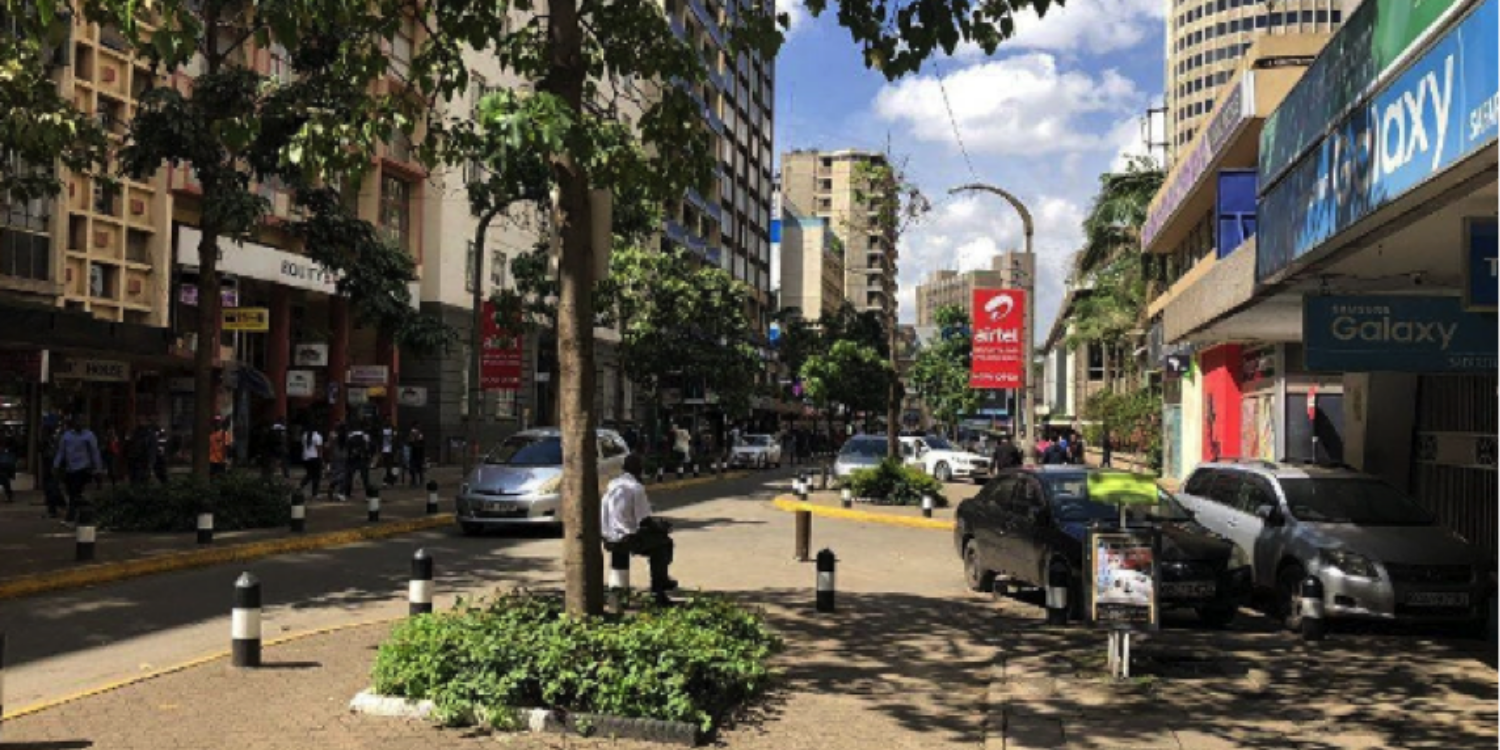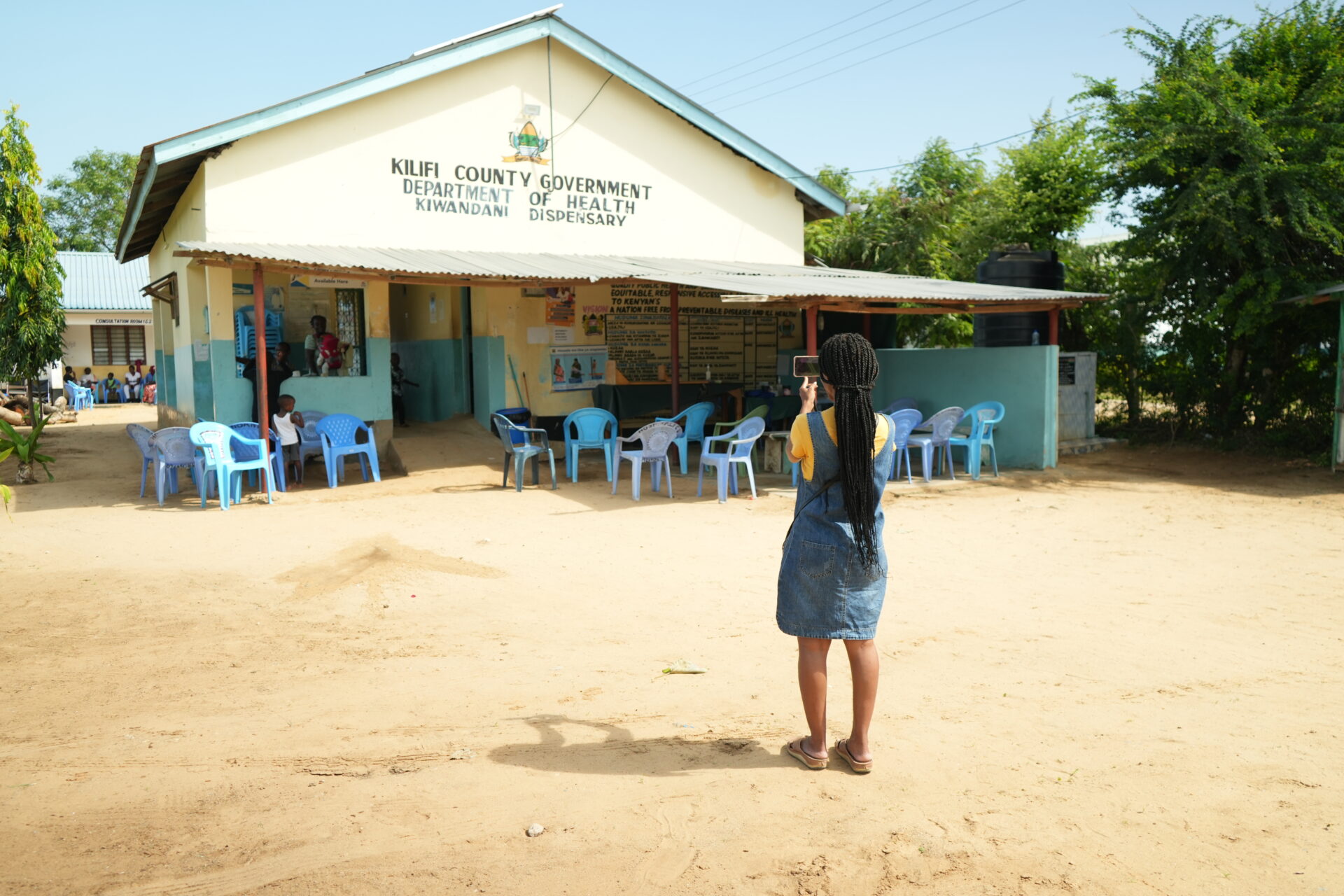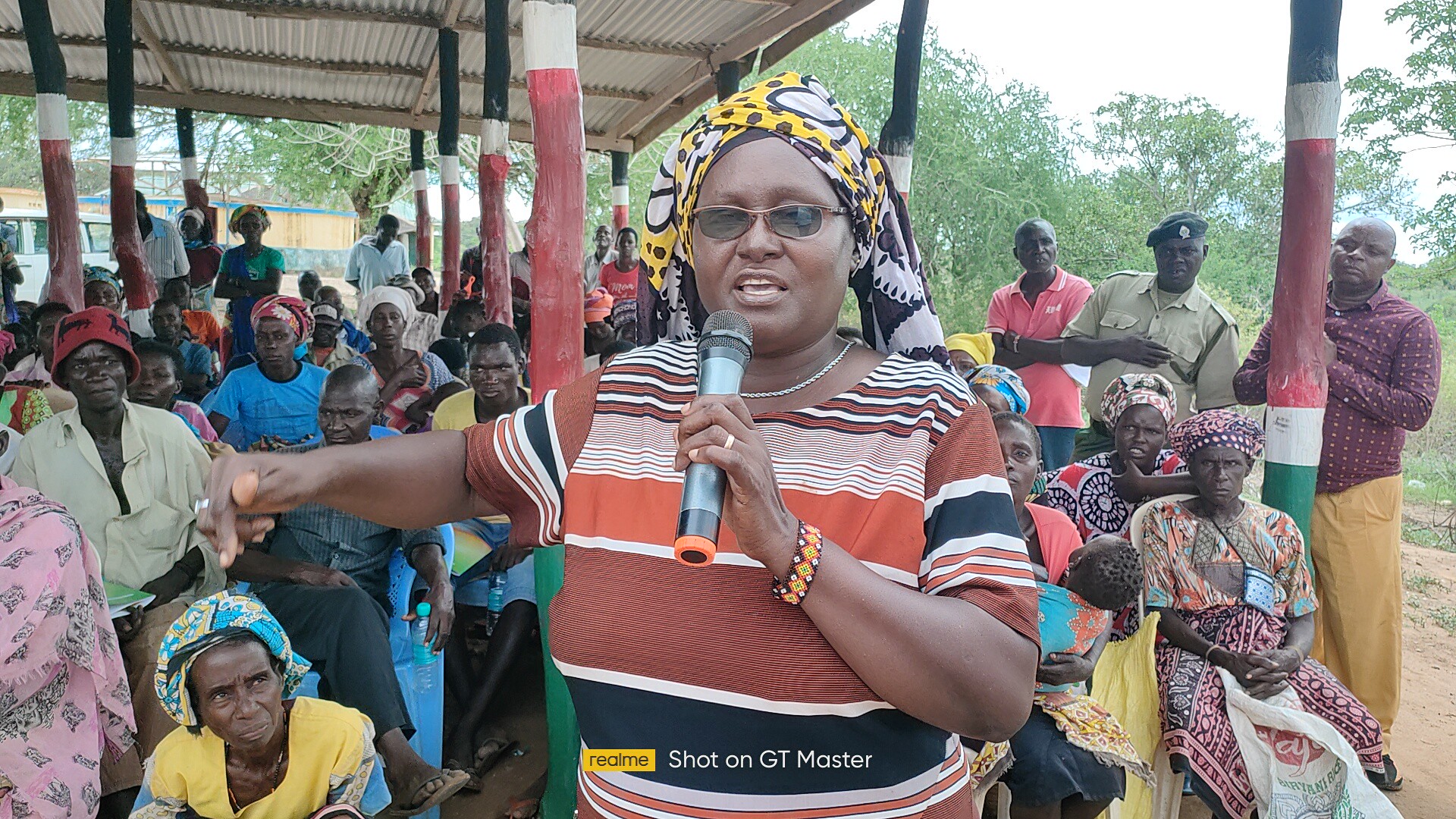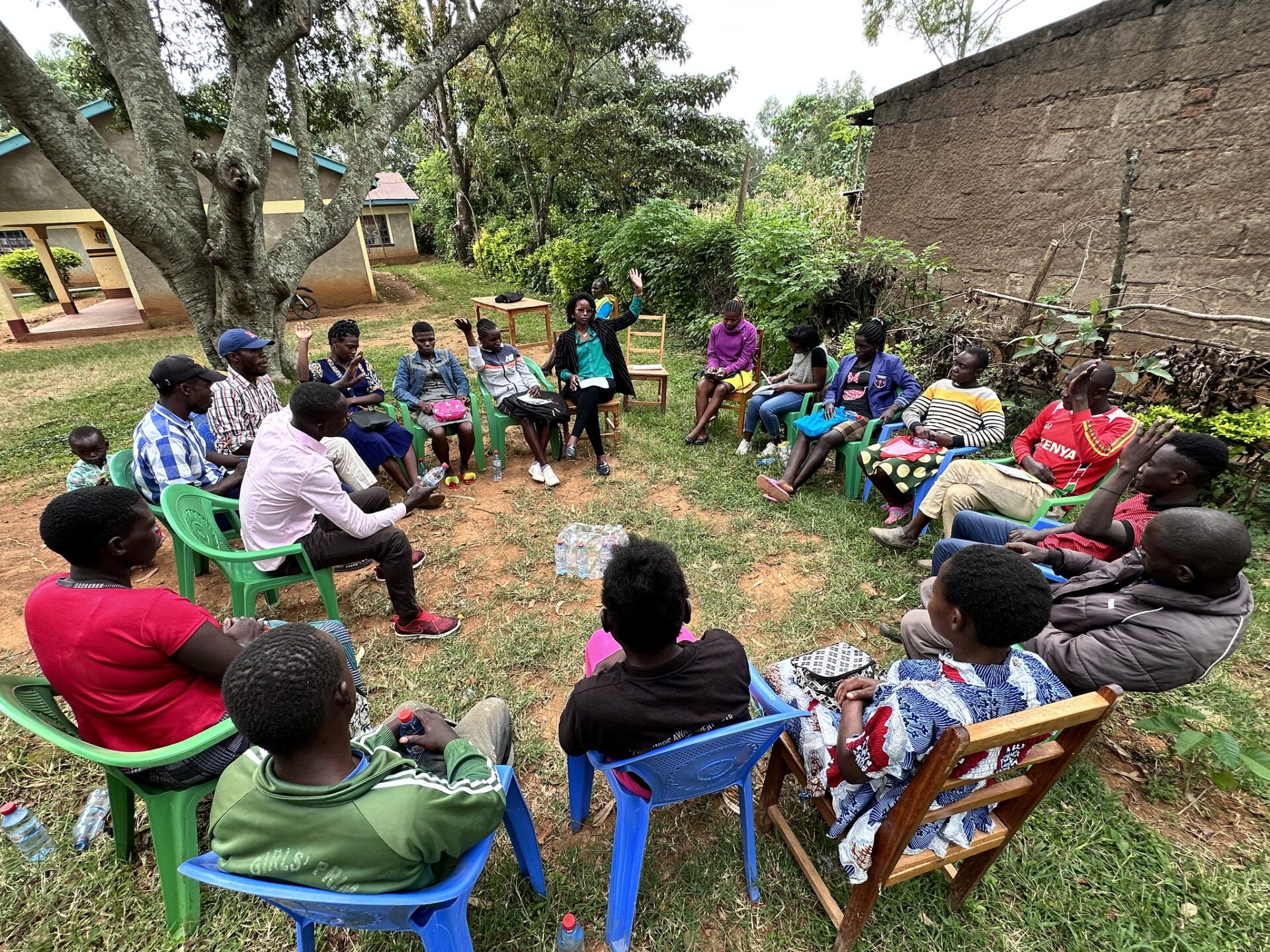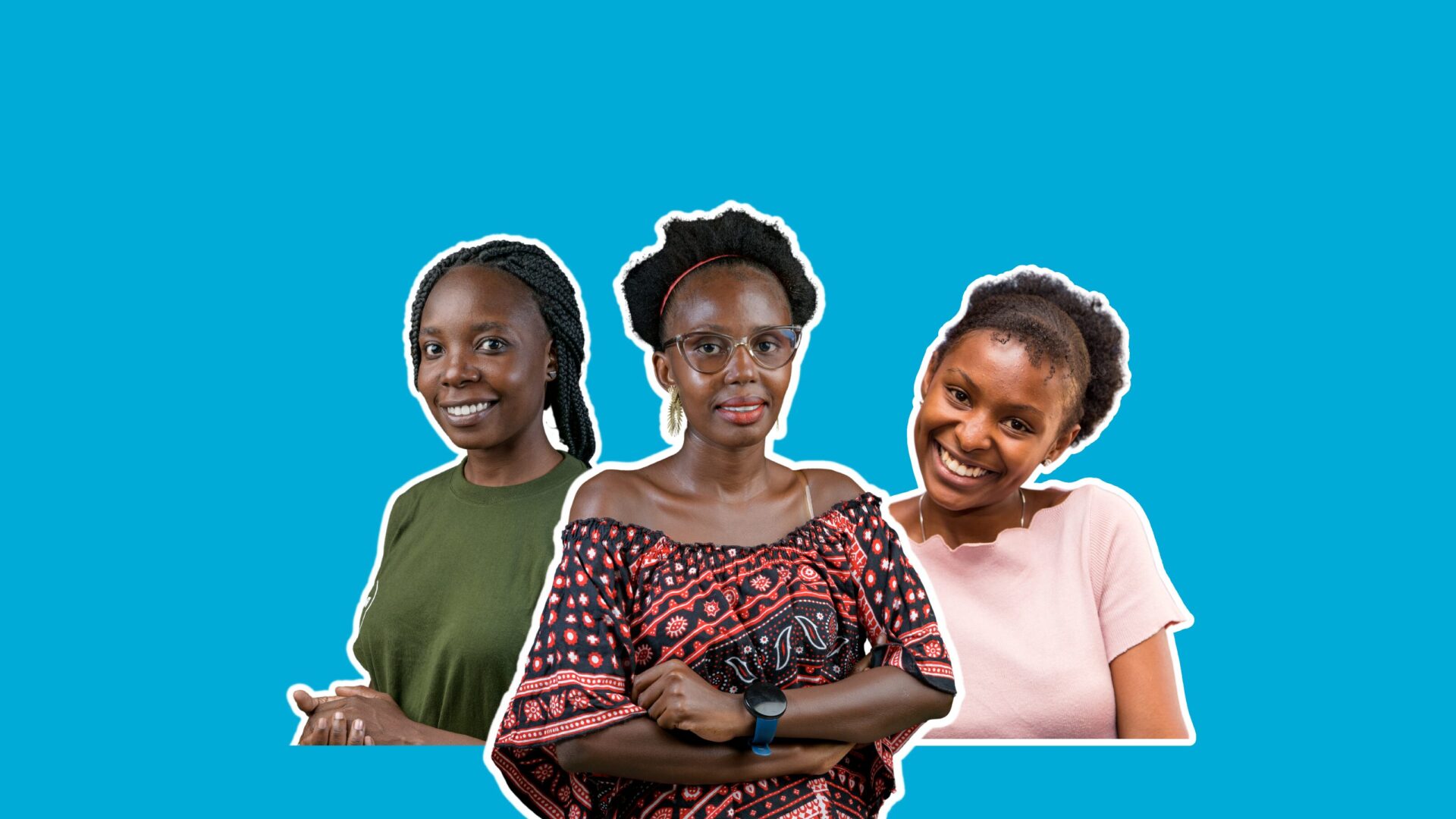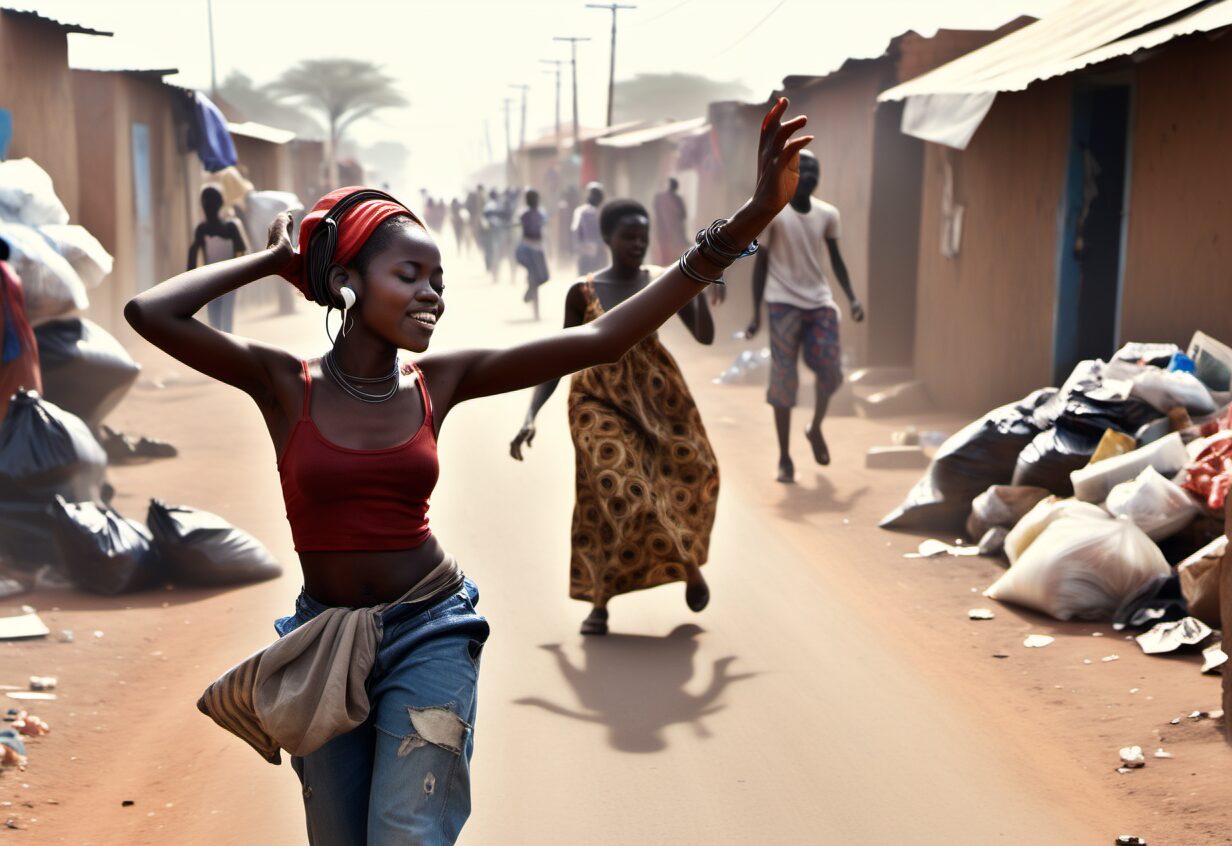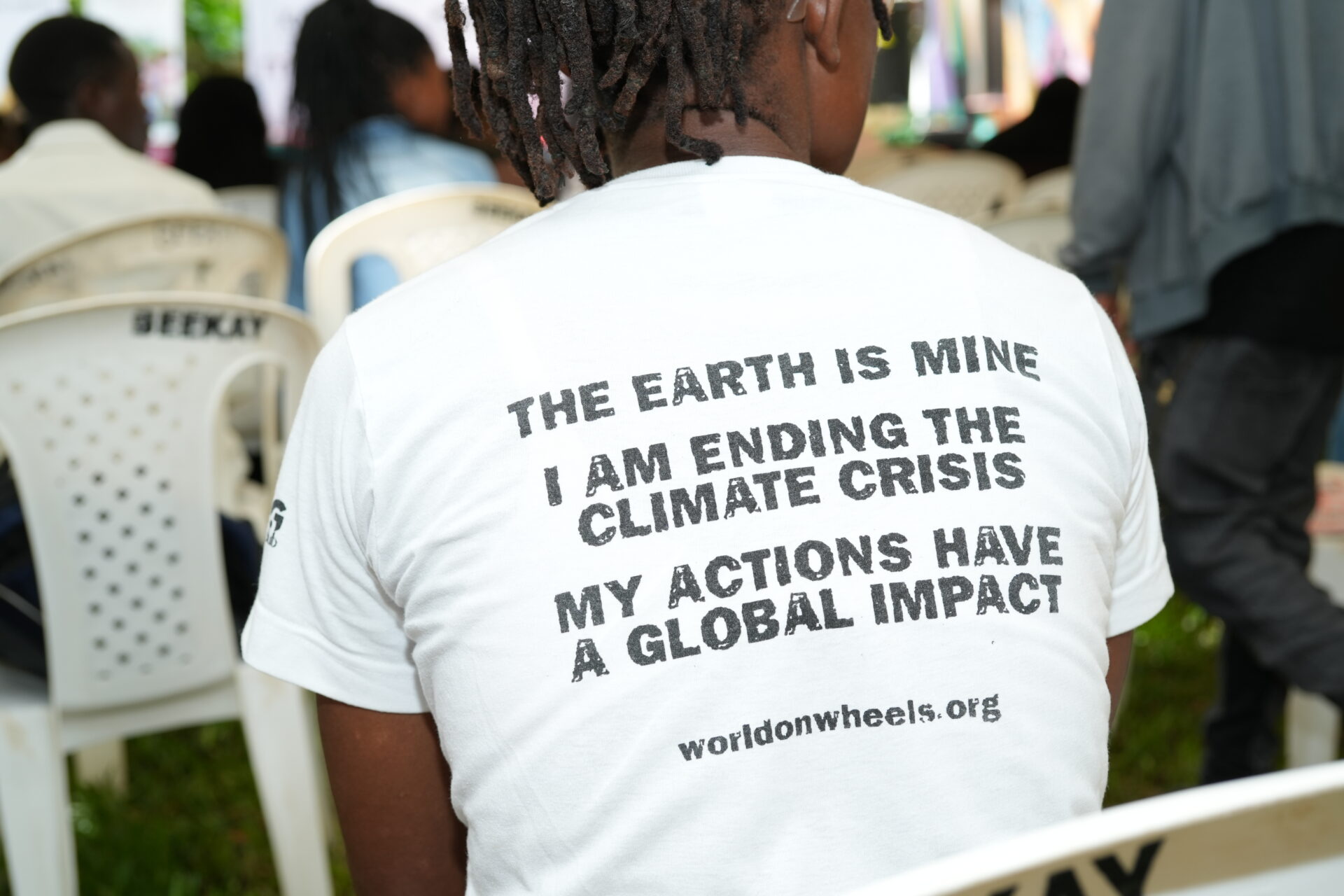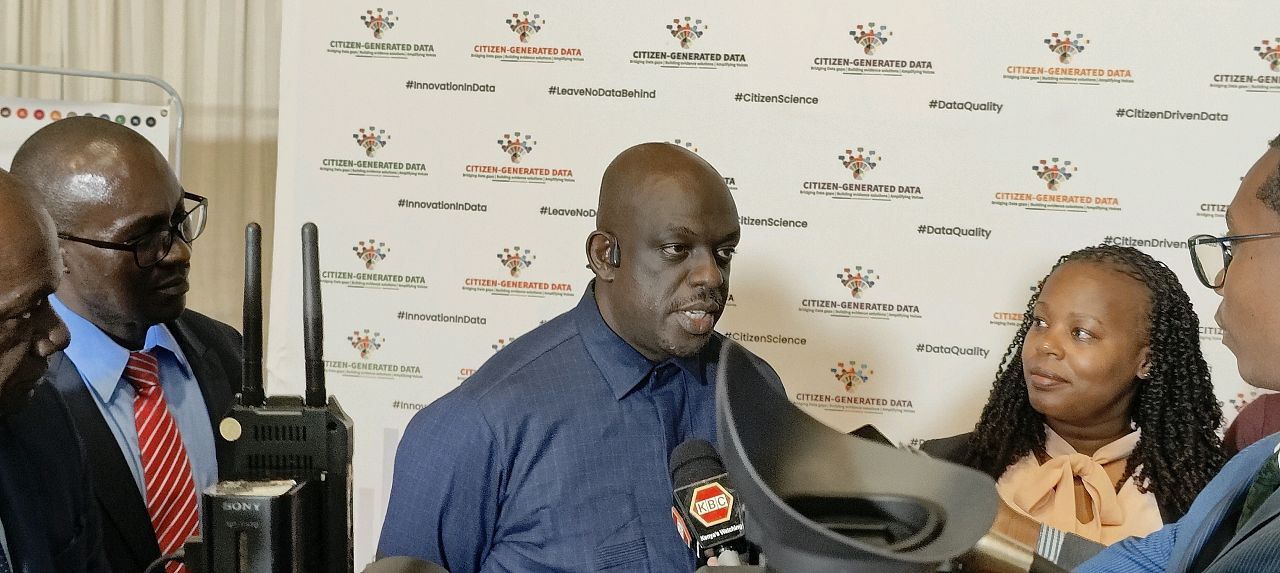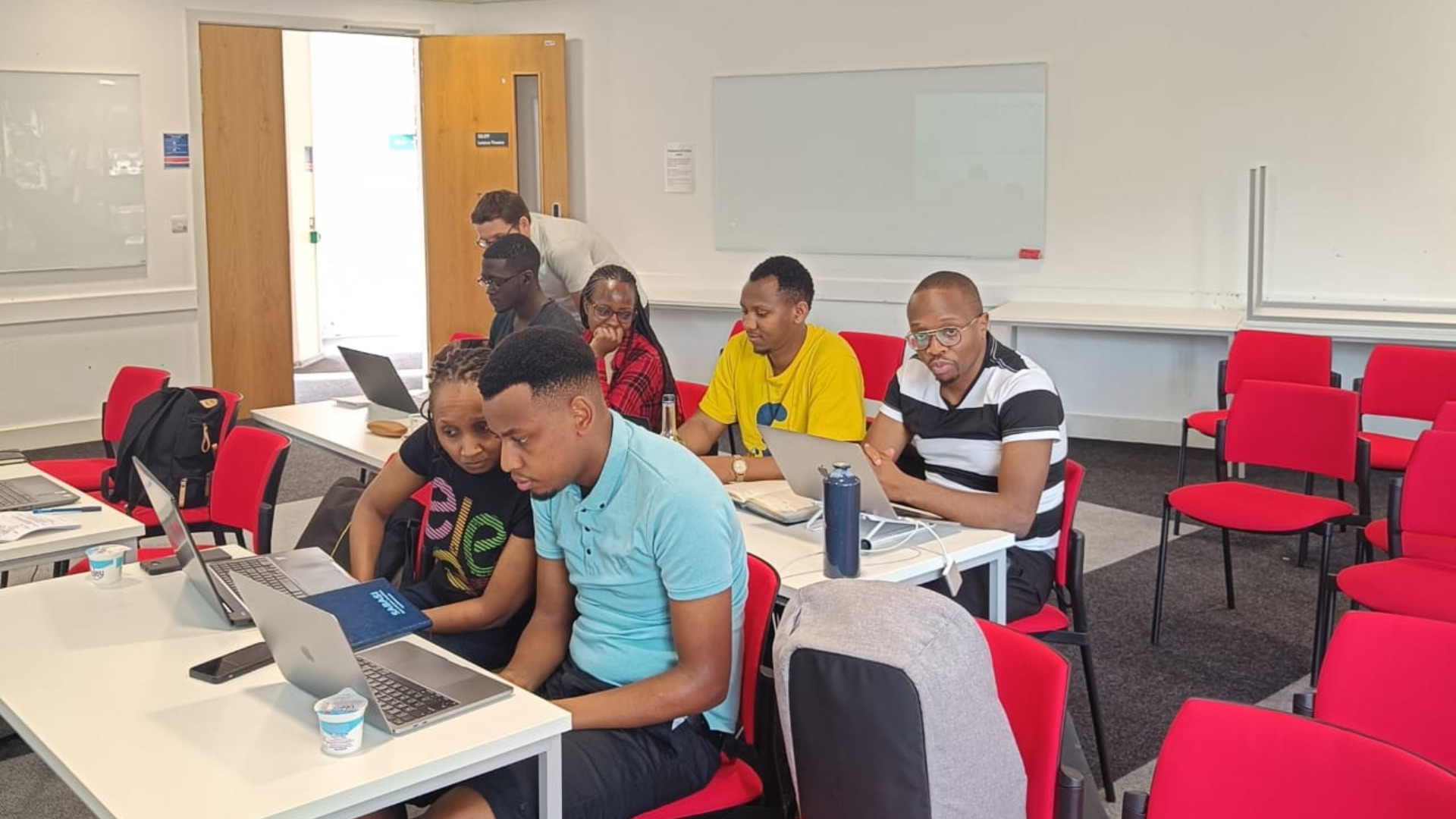On 5th May 2020, the Open Institute supported The United Nations Human Settlements Programme (UN-Habitat), The United Nations Environment Programme (UNEP) and World Health Organisation (WHO) along with SLoCaT Partnership, The Institute for Transportation and Development Policy (ITDP), Walk 21 and other high-level partners to convene a half-day digital expert group meeting to share experiences, challenges and opportunities on the global south response to COVID-19 and management of urban mobility. The virtual meeting was attended by over 500 participants from around the world through Zoom and Youtube.
The objective of the meeting was for different stakeholders from Africa, Latin America and Asia in the transport and mobility sector to share their experiences, challenges and opportunities and recommendations, to assist policy-makers in their regions to plan pandemic response interventions on urban mobility.
“The purpose of these sessions is to inform, inspire and learn what is happening in different countries and translate it to what might be a better post COVID-19 future.”
– Dr. Fiona Bull, WHO
The meeting had three expert panel sessions on:
- City mobility responses to COVID-19
- Exploring different perspectives including the role of national government and impact of measures on transport operators and workers, and citizens
- Working together to mobilize partnerships and networks and provide support
Key Highlights from the Panel Sessions
City Mobility Responses to COVID-19
Different countries represented in the sessions shared their experiences and solutions in the response to the mobility challenges posed by the pandemic. Some of the measures that have been implemented in countries such as India, Indonesia, Peru and Rwanda are:
- Practising physical distancing at the bus terminus and inside buses. For example, in Rwanda, they have put markings on where passengers should stand and seat.
- Buses and minibuses carrying half the capacity of their vehicles for example in India buses that carry a capacity of 35 people carrying 17 people.
- Temperature checks and handwashing points in all bus terminuses, for instance in Indonesia.
- Passengers wearing masks and carrying hand sanitizers,
- Introducing other modes of payment in public transport to limit cash exchange such as QR code. In Kenya, it is an opportunity to finally establish the use of cashless payments in public transport.
- Expanding cycle lanes to encourage citizens to use their bicycles e.g Peru which has been experiencing a surge in cyclers and walkers has expanded 301 km of cycling lanes. In Uganda, the bicycle business in the country boomed and prices of bicycles doubled.
“There is a huge opportunity to make big changes to improve the quality of life for other citizens”
– María Esperanza Jara, Peru Minister of Transportation and Communications
The challenges that three countries foresee in the implementation of the new measures in the public transport system are:
- Convincing citizens to use other modes of transport such as bicycles.
- Sustainability and affordability of public transport for citizens, especially now that buses are carrying fewer passengers.
Government directives and guidelines
In Nigeria, the Ministry of Transport has provided guidelines to public transport operators and the informal sector highlighting the new regulations to combat the spread of COVID-19 by undertaking sensitization for the citizens and frequently providing leaflets with information. A key highlight is that they have a whistleblowing line through which citizens can call in and report the violators of the regulations.
“You cannot sort out transport issues without sorting out the issues of settlements in cities.”
– Ms Amanda Gibberd, Public Transport Network Development, South Africa
In Uganda, all private vehicles were banned, save for those being used by essential workers. In addition, boda bodas could not carry passengers; only cargo. What emerged was that cycling was the safest mode of transport for the COVID-19 period as it encourages social distancing.
Investments in Non-Motorised Transport are Crucial
With the rise of COVID-19 cases worldwide, the use of public transport has become increasingly stigmatised, due to fear of contracting the disease. To build back better, it is key that good communication and trust in public transport is built. This also provides an opportunity for countries to develop stable institutional and funding frameworks for both public and non motorised transport. Other ways in which this can be done include:
- Clear rules and enforcement by competent authorities
- Consultation with public transport experts
- Prioritizing public transport and urban spaces for walking and cycling
It is emerging that there is a need to value and invest in walking, which would have the effect of decongesting public transport. Mapping walkways and localising essential services such as schools, hospitals and markets would encourage walking for short journeys; however, this also requires infrastructure changes to encourage walking by making the process more enjoyable for everyone.
“If we imagine a world where working from home would become the norm, all the congestion in cities would be a thing of the past.”
– Rob de Jong, UNEP

